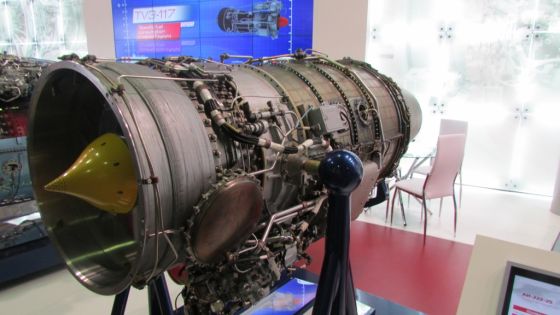Mikhail Remizov, Deputy General Director of the UEC, said that in the unmanned sphere, it is necessary to strive to maximize the use of existing engines and their adaptations
MOSCOW, July 16. /TASS/. Modern and promising Russian aircraft engines that are already used, for example, on Yak-130 or Il-112B aircraft, have a good potential for use on military drones, the Deputy General Director of the United Engine Corporation for Strategy (UEC, part of Rostec)said in an interview with TASS Mikhail Remizov.
According to him, in accordance with the decisions of the Military-Industrial Commission, a standard-sized range of gas turbine engines for aircraft drones should be updated in the near future. Much will depend on what concept of application the Ministry of Defense and manufacturers will choose. The use of serial engines will significantly reduce the cost of unmanned systems, he added.
"In the unmanned sphere, we need to strive to maximize the use of existing engines and their adaptations. This is a question of the cost and timing of the development of unmanned systems. In general, whatever engine we take: VK-650V, AL-55, AI-222-25, RD-33/93, there are interesting opportunities everywhere, interesting concepts from the point of view of application on drones," Remizov said.
According to the deputy general director of the UEC, in the concept of "faithful wingman" (when drones are controlled from a manned aircraft), the corporation plans to offer AI-222-25 engines (used on the Yak-130 aircraft), AL-55 (used on the Indian HJT-36 aircraft), RD 33/93.
"Another niche is high - altitude and medium-altitude drones for monitoring the situation in such areas as, for example, the Arctic. There, depending on the concept of the platform, engines from VK-650V and TV7-117 (currently being considered on one of the concepts) to the modification of the AI-222-25 engine can be suitable," Mikhail Remizov said.
He also noted that the UEC is interested in using the AI-222-25 engine on an unmanned platform, because it is mass-produced, has been modernized and has the potential for further modernization.
The full text of the interview is published on the TASS website.

